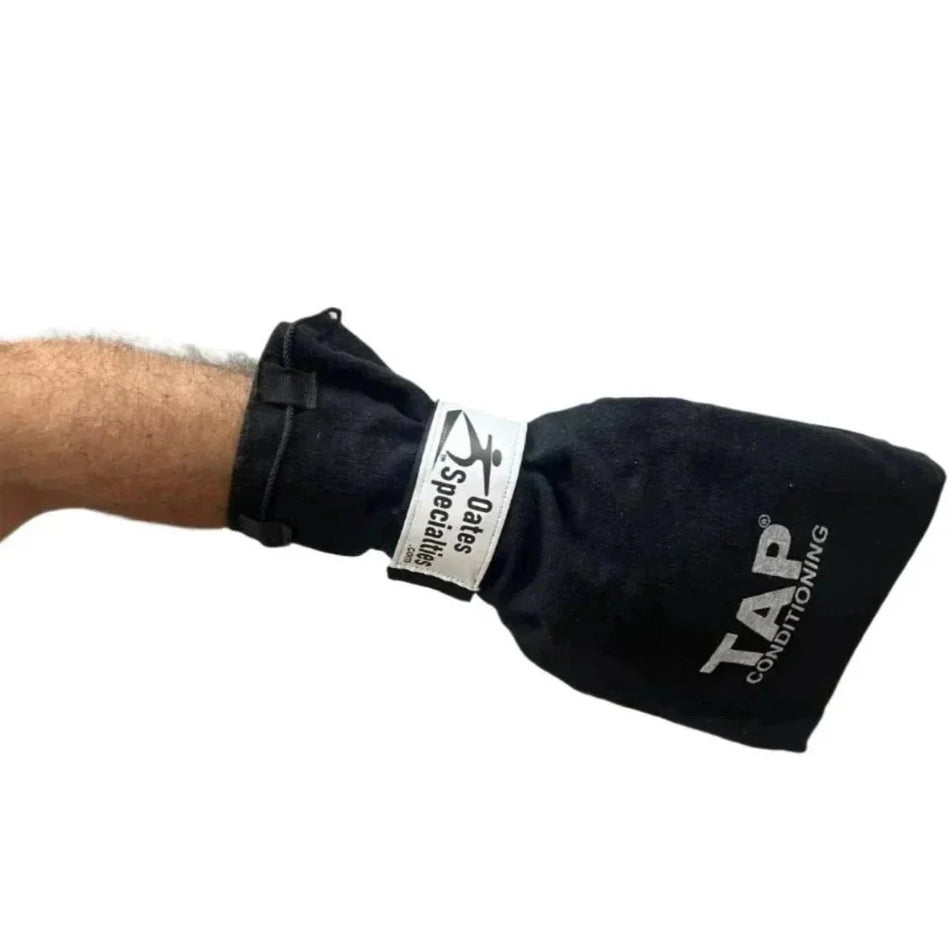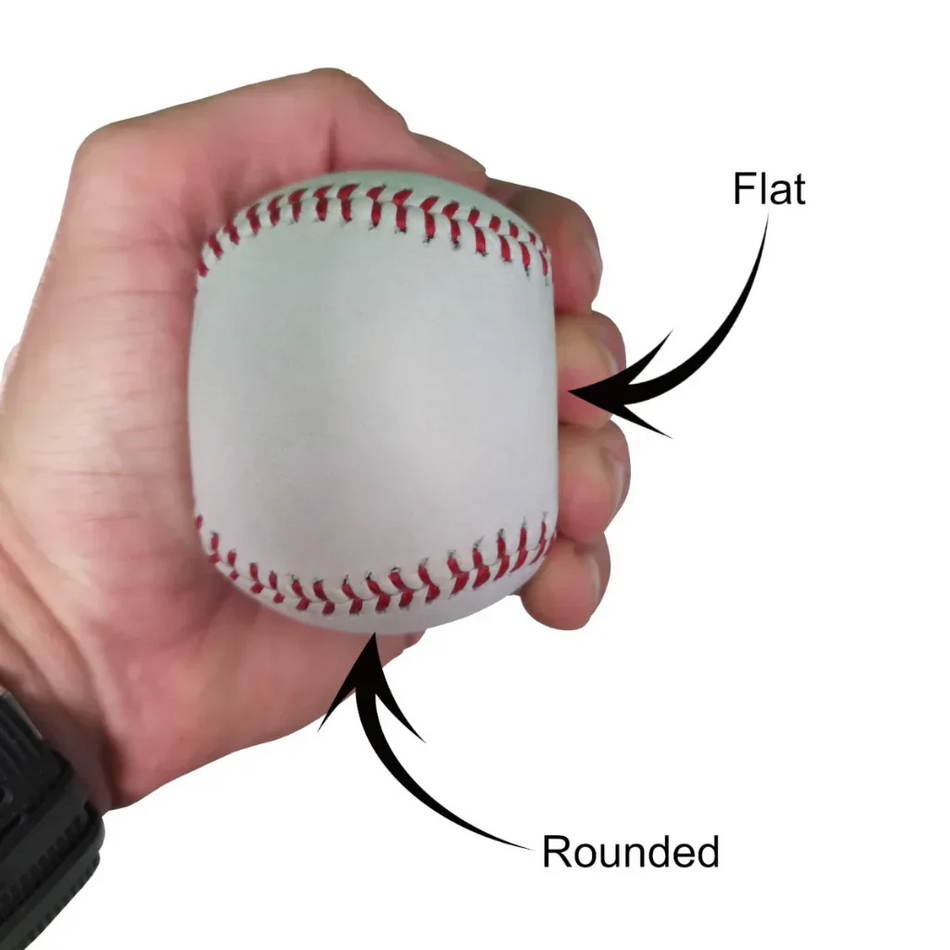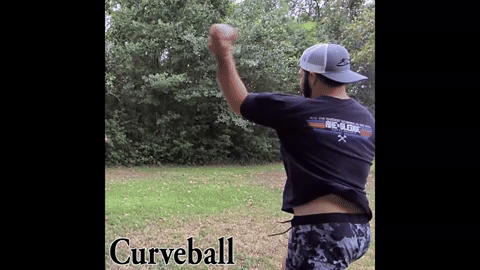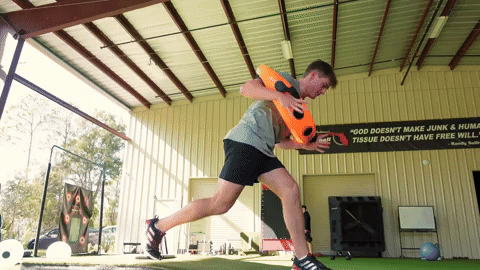Over the course of the last few years I have become more and more attuned to the importance of both stability and mobility in athletes. Being a former pitcher, I really tried to focus on the specific areas of stability and mobility which could help my performance in throwing a baseball. However, all athletes could stand to gain some stability or mobility in different joints throughout their body.
I first want to define stability and mobility in simplistic terms. Stability, as Bill Hartman described it, is the ability to resist an undesired movement. This often is referred to as strength within a joint. In other words, does the specific area have the necessary strength to control the movement that is being performed. Mobility on the other hand is the ability to produce a desired movement. It is often referred to as flexibility or movement within a joint. Thinking of stability as strength and mobility as ability to move is over simplifying the exact working of the joint, but it will suffice for my discussion.
When I was down at the Texas Baseball Ranch a couple of weeks ago I listened to a presentation by Coach Ron Wolforth which I thought gave a great overview of the stability/mobility spectrum. Coach Wolforth had a picture of a pitcher on the screen and he had classified the different joints from head to toe on whether they required stability or mobility.
Here is a list of the joints he discussed and what they require:
Feet: Stability
Ankles: Mobility
Knee: Stability

Hip: Mobility
Lumbar Spine: Stability
Thoracic Spine: Mobility
Scapula: Stability
Shoulder: Mobility
Elbow: Stability
Wrist: Mobility
As you can see from this list the joints alternate from needing stability to mobility as each mobile joint needs a stable joint in order to properly perform its movement. Another interesting thing about stability and mobility is that it is a delicate balance between the two. The more you increase stability in a joint, to some degree you decrease mobility and likewise, the more you focus on increasing mobility, stability inherently decreases. We can probably all think of someone who is so strong and stable yet they have very little mobility (think offensive lineman). Or there are those gumby like individuals that have incredible mobility but are very weak and have trouble controlling their movements (think of babies or young kids). We are looking for the perfect blend between the two, someone who is very stable and can control their body through a wide range of desired movements.

Although athletes in all sports have similar needs, each sport requires specific needs and balances regarding stability and mobility. All athletes no matter their sport need to focus on the stability and mobility in their lower extremities. The stability of the feet and mobility of the ankle, for example, are extremely important as they are the body’s anchor to the ground and the first link in the kinetic chain. Whether you are a defensive back on the football field, a guard on the basketball court, or an outfielder on the baseball diamond, it is important that you are able to begin any athletic movement with strong, stable feet and mobile ankles because this is where the power of your movement is first generated.

Now let’s look at a sport specific stability/mobility area. In baseball, for example, there is a very serious need for stability in the scapula and mobility in the shoulder because it is critical to a throwing athlete’s ability to stay healthy. The focus on the scapula and shoulder is much more acute for a throwing athlete than a basketball player or a linebacker due to the tasks which they are required to perform while playing their respective sports.

Because I was a pitcher and my focus for many years was improving my stability and mobility for the specific act of pitching a baseball, I want to briefly address how the different joints in your body use stability and mobility to help you throughout the delivery of a baseball: Your foot must be stable on the rubber/clay to allow for the initiation of the throwing motion. This is the stable base needed to begin the leg kick and ultimately momentum toward home plate. Your entire body is supported by this one foot as it delivers the ball to the catcher and then is supported by the opposite foot once you have reached foot strike.

The ankle must be mobile to allow the lower leg to move and rotate during your stride and at foot plant. The ankle is responsible for allowing a pitcher to make the necessary move from leg kick, where the back leg is nearly vertical, to full stride where the back leg is at a sharp 45 degree angle. There is also a need for ankle mobility when you arrive at foot plant and then come over the front leg during your follow through since you ankle allows you to get out over the front leg. Check out this pitcher's back ankle, it is in the process of rotating and if you could see the next image in this frame it will be at full extension.
The knee must be stable on your balance leg so that a pitcher can properly carry momentum toward home plate and stay in a powerful position. The knee on the landing leg must be stable so that when a pitcher impacts the ground at foot plant with a lot of momentum he is able to keep that leg firm allowing for him to help transfer energy up the kinetic chain. (Many of us have dealt with a pitcher whose landing leg “gives” or continues to move/bend as they try to throw the baseball with the result being a loss in velocity).


The hip must be mobile to allow for pelvic rotation during the throw. The hip needs to be mobile enough so that a pitcher can carry his hips as far down the mound as possible before opening them at the latest possible second. The objective of the lower half is to try and create as much tension for as long as possible before unwinding and it is nearly impossible to do without hip mobility. The result often being that kids open up their hips far too early (like a barn door as I’ve heard it described) and losing power and velocity. The lumbar spine (lower back) must be stable to help maintain posture and to provide a solid base for the tremendous amount of rotation going on above (thoracic spine) and below it (hips).
The thoracic spine (upper back) must be mobile to allow for spinal rotation. The thoracic spine is responsible for the separation between the hips and shoulders, also known as torque. Without enough mobility in the upper back there is a great chance you are not able to generate as much torque as you are capable of and are thereby depriving yourself of velocity. There is often a compensation for a lack of thoracic spine mobility causing more stress to be put on your lumbar spine. This can generate disk problems and lower back pain.

The scapula must be stable to allow for the proper acceleration and movement of the shoulder. The scapula is the foundation of the shoulder and if it is weak or unable to control the movement of the shoulder then serious injuries can occur such as rotator cuff tears, labrum tears, tendinitis, etc.
The shoulder, or technically the gleno-humeral joint, needs mobility. The shoulder is naturally the most flexible joint in the body; however, because a pitcher’s shoulder accelerates from external rotation to internal rotational at velocities near 7000 degrees per second, most pitchers still need to work on its mobility.
The elbow needs to be stable to transfer the energy down the arm from the shoulder to the wrist. If the elbow is not stable or strong enough to handle the tremendous amount of energy which is passing through the joint, then injuries to the Ulnar-Collateral Ligament or flexor tendons in the forearm can occur.

Finally there is the wrist, the last link of the kinetic chain before releasing the baseball. The wrist needs mobility as it snaps forward, imparting spin and the final amount of energy through the baseball as it travels toward home plate. This quick break down of a pitcher’s joints and how they effect throwing a baseball made me realize how critical it is for athletes and coaches to diagnose and treat a lack of stability or mobility. With improved stability and mobility it is possible to better transfer the energy along the kinetic chain and as a result increase velocity, become more efficient in movements, and ultimately reduce injury in athletes.
Next time I will discuss some basic training drills and exercises which can be implemented to help increase the stability and mobility in athletes, specifically throwing athletes.
Until next time,
Brian Oates
Photo Credit:
https://www.si.com/nfl/saints/nfl-draft/saints-draft-prospect-steve-avila
https://www.stack.com/a/base-stealing/
https://www.crawfishboxes.com/2016/1/6/10725734/case-for-the-baseball-hall-of-fame-billy-wagner
http://www.sanzeribaseball.com/articles/csb-breakdown-stride-length-for-pitchers
https://keysweekly.com/42/catching-up-with-legendary-pitcher-roger-clemens/
https://bleacherreport.com/articles/2153651-ranking-the-top-5-detroit-tigers-pitchers-of-all-time














































